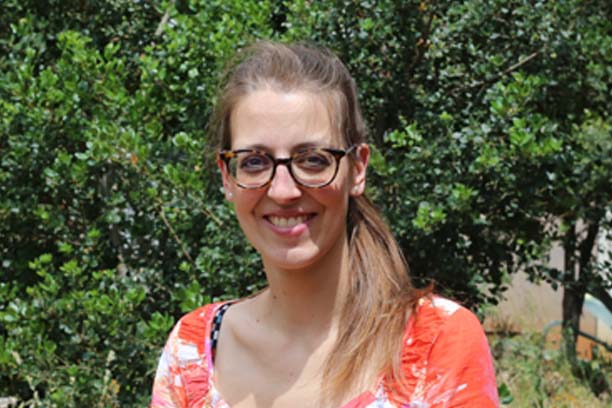
Nina Fronhofer
Currently, I am exploring the perception of sexual orientation across several languages and cultures and the negative consequences that can arise from it. In a transdisciplinary approach that brings together theories and methods from evolutionary anthropology, linguistics, and psychology, I aim to describe and explain homophobia and various discriminations based on sexual orientation stereotypes, social phenomena that are currently on the rise. In my doctoral thesis in linguistics, which focused on the concepts of English and German emotions, I developed a cognitive model that integrates several relevant approaches from cognitive linguistics, pragmatics, systemic functional linguistics and interactional sociolinguistics. This model takes into account the discursive dimension of emotional words. Keywords: discourse analysis, sexual orientation, perception of sexual orientation, stereotypes, corpus linguistics (synchronic), experimental pragmatics, sociolinguistics, cognitive linguistics, comparative approach (English/German/French). Publications: Fronhofer, N.-M., Herbert, C., Durand, V., Alvergne, A., Raymond, M., & Barkat-Defradas, M. (2022) "Fear and cultural background drive sexual prejudice in France - a sentiment analysis approach." Open Psychology (4)1-26. Fronhofer, N.-M. (in press) "So angry or slightly irritated of sorts? ANGER events in British English and German." in: Ströbel, L. (ed.) Emotion Concepts. Frankfurt am Main: Peter Lang. Fronhofer, N.-M. (2020) "Emotion Concepts in Context - A Contrastive Analysis of Englishand German Discourse." Doctoral dissertation, University of Augsburg, Germany. Fronhofer, N.-M. (2019) "My ANGER was justified surely? Epistemic Markers across British English and German Emotion Events." in: Alba-Juez, L. and Mackenzie, L. (eds.) Emotion Discourse. Pragmatics and Beyond New Series no. 302. Amsterdam: Benjamins, 213-244. Fronhofer, N.-M. (2015) "Nearly a bit angry or just so happy? - Intensifiers as contextualization cues." Swiss Bulletin of Applied Linguistics, special issue, vol. 2, Summer 2015, 29-49.